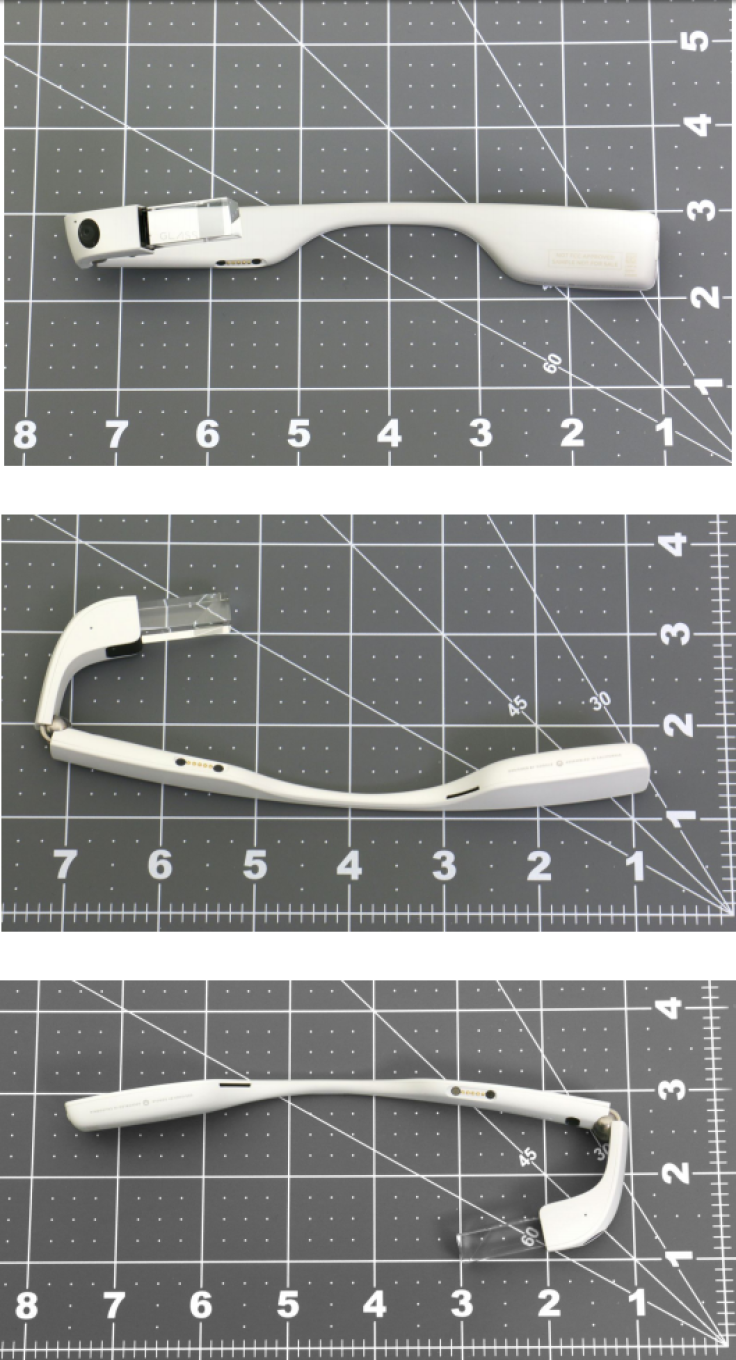'Glassholes' Rejoice: Google Glass Is Back In Sleeker, Foldable Form

It’s a new year for Google Glass, the ubiquitous computer headset everyone thought was a flop. Google has filed for new equipment authorization by the U.S. Federal Communications Commission (FCC). The filing, submitted in May but only recently made available on the FCC’s website, indicates that a new version of Google Glass is coming soon, this time with a few new features.
The “Enterprise Edition,” of Google Glass appears to be foldable, sleeker, has improved internal hardware, and a larger prism (the clear rectangle that displays the information and images). Here are some of the prototype images.

UL Verification Services Inc. will be acting on behalf of Google in handling the equipment authorization process, the filing shows.
Rumors around the prototype and design of a second generation product began at the start of 2015, around the same that Google stopped the sale of Google Glass. Google Glass was criticized for its high price of more than $1,000, its utility and its appearance -- all of which gave rise to the term “Glasshole.” Again, the term has reappeared as people debate the design of the second generation Google Glass.
In 2013, 59 percent of those in a study surveying 1,000 people said they would not buy Google Glass, according to Statista. As the wearable technology gets sleeker and more equipped, could this soon change?
Google has yet to announce the new product. However, company insider blog 9to5 Google reported that the device “has been in the hands of ‘hundreds’ of people” in the industry and startups working in Glass for Work, a Google program that lets certain companies make business or professional apps for Glass.
© Copyright IBTimes 2024. All rights reserved.











